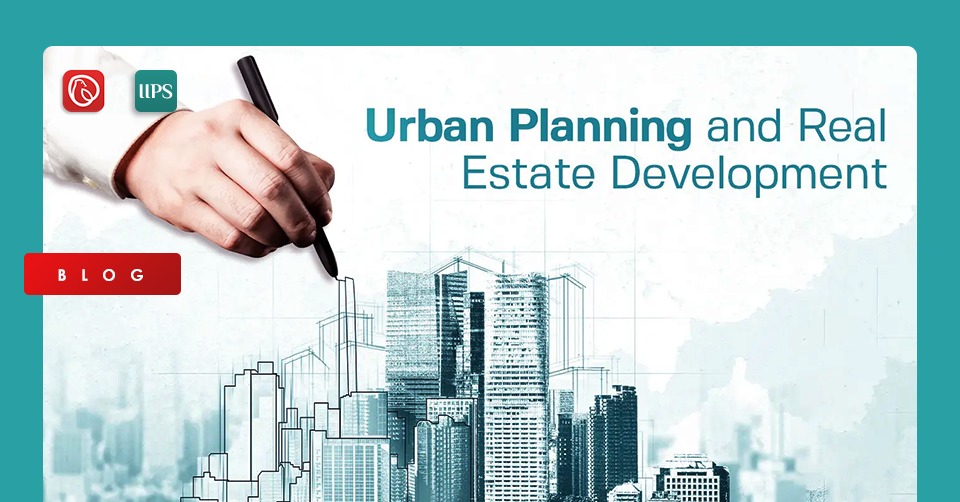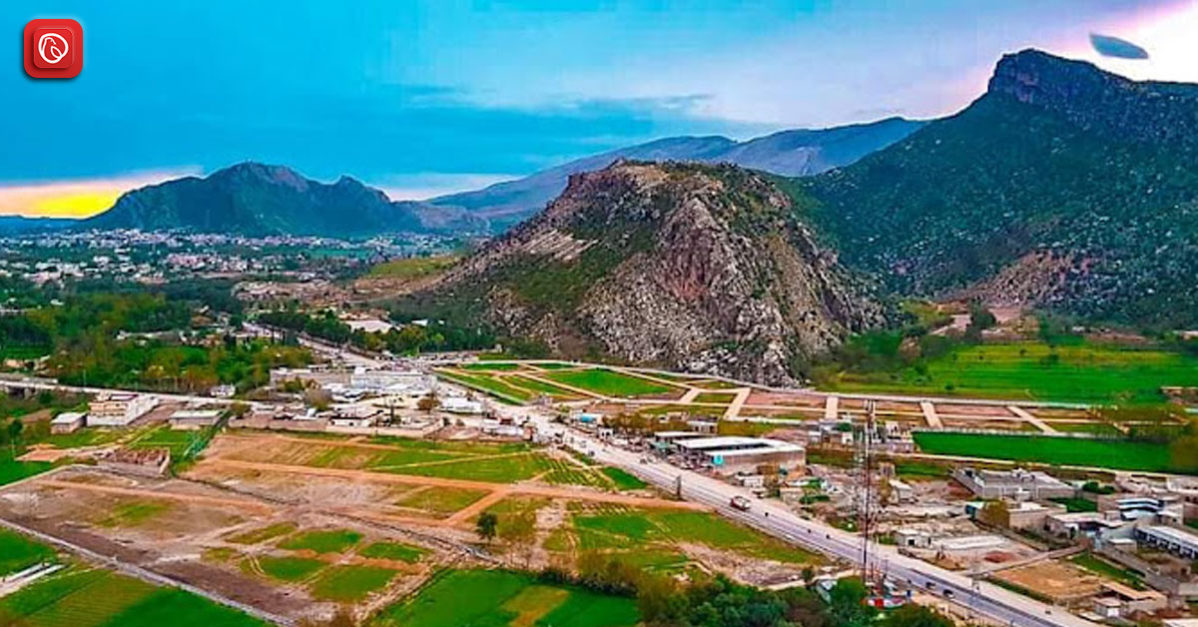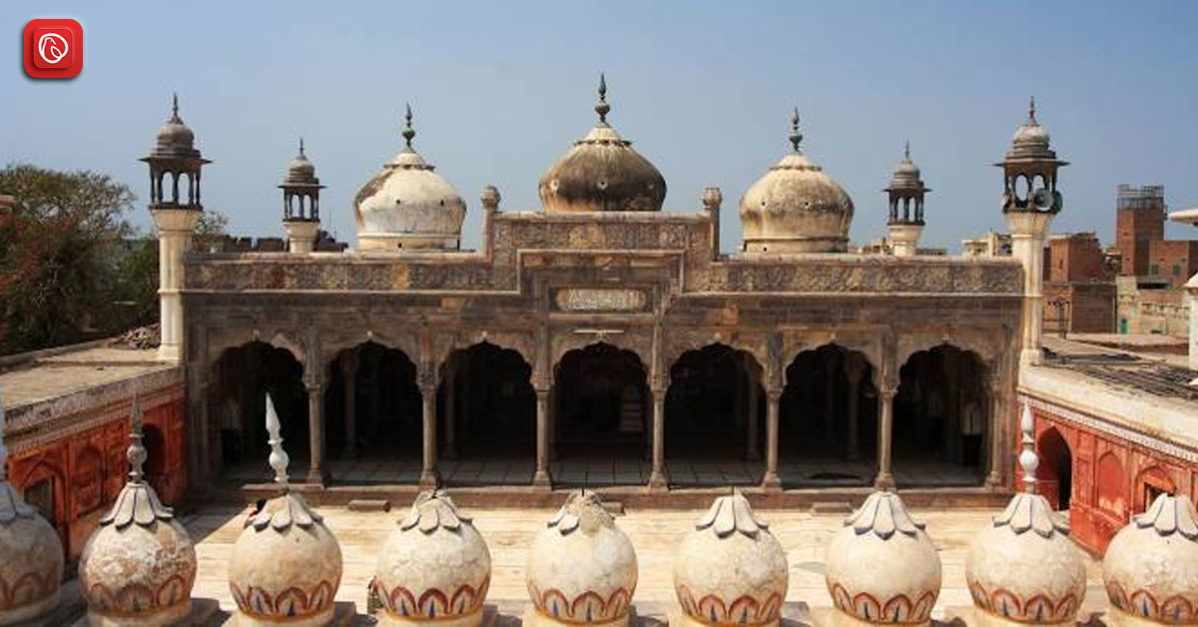Introduction
Developing and planning land is fundamental to establishing a sustainable society. An urban settlement that is well-planned provides a solid framework for growth and positively impacts the economy. Land-use planning is the process of allocating land to competing and sometimes conflicting uses to ensure the rational and orderly development of land in an environmentally responsible manner (Thomas, 2001). Development planning and development control are the two main functions of the process. Planning also involves relevant land research and mapping. In light of this, it is essential to understand the importance of land use planning for national growth and development. The process involves identifying, articulating, and satisfying the basic needs of humans and societies within a financial framework. Continue reading to understand the significance of urban planning and real estate development in this blog by the Iqbal Institute of Policy Studies (IIPS).
Significance of Urban Planning in Real Estate Development
Research, planning, and development in urban areas have become increasingly complex. Planning urban areas can help city leaders drive positive changes and provide a framework for economic, social, and infrastructure growth. With a vision of the future, a city can achieve success over time. Enhancing the level of livability, prosperity, and equity in cities requires developing a framework that anticipates the needs of residents, coordinates efforts at the management and local levels, and outlines a collective path. To prepare for the future, cities should forecast the challenges they may face in the present. A proper planning exercise that identifies long-term goals and short-term actions can also reveal opportunities and risks. Cities without a plan for the future will likely be left behind.
Urban planning can also positively impact city leaders who are elected to deliver improvements on particular demands. Change is often costly and time-consuming. The availability of a master plan will enable newly elected leaders to align their actions with the city’s future vision rather than going in redundant directions. The top concerns of city dwellers are housing, employment, accessibility, and safety. Urban form strongly influences these areas. The right policies regarding density, land use, public space and layout of public infrastructure can make all the difference in the quality of life and land value. Urban planning also affects the urban economy. It is also the responsibility of local leaders to ensure that there are plenty of jobs. Globally, cities compete to attract investment and talent to generate economic activity. Planning for economic zones and industrial development significantly impacts a city’s ability to create jobs for its residents (Urban Gateway, 2021).
How are Urban Planning and Real Estate Development Linked?
It is necessary to view planning as an integral part of national growth and real estate development. During the planning process, identifying human and societal needs such as jobs, education, recreation, transport, health, and essential services such as water, electricity, and clean air, infrastructure development, real estate development is a vital part of the process. With real estate being connected to almost all aspects of a city, setting a vision for its future can also help guide infrastructure, housing, and industrial zones. The role of urban planning and real estate development can best be understood through the example of housing. As housing cannot be developed in a swamp, an area vulnerable to natural disasters, or in a low-lying area that may endanger public health and safety, there must be a carefully thought-out plan to prevent future mishaps and disasters (Khooyavan, 2011).
In land-use plans and real estate development, national and socioeconomic needs are also reflected in spatial forms of land-use activity. In addition, economic decisions such as focusing on tourism, manufacturing, or agricultural development are also closely tied to real estate development. Land use should also be based on these basic needs since some areas are better suited to certain activities than others. In addition, if the land is used for one activity, it cannot be used for another. Planning, therefore, plays a vital role in satisfying these needs in a technical framework on the ground. Finally, urban planning and real estate development are also linked legally. The law sets out the justification to develop land, and urban planning must ensure all legal rights and titles are considered while making decisions. Planning must also account for dispute settlement processes and changing land-use policies (Li, 2021).
How can Pakistan Leverage its Urban and Rural Landscape to Develop its Real Estate Sector?
Planned areas make up only 0.5 per cent of Pakistan’s total land area. This planned area is valued at between 600 and 700 billion US dollars. In addition, Pakistan also has the highest per capita demand for housing in the entire South Asian region. This means that the country’s real estate sector holds massive potential for the development and uplift of the economy. Not only will that enhance the lifestyle and living standard of the society, but it will also become a source of foreign direct investments, which the country direly needs. However, Pakistan’s real estate potential can only be realised if proper urban planning is carried out. As planned areas are around seven times higher in value than unplanned areas, carrying out adequate planning will help Pakistan’s real estate sector contribute significantly to the economy. As population density in urban areas increases, leading to urban sprawl, most settlements surrounding a metropolitan city are informal and unplanned. This means that a large chunk of real estate value is being lost. Similarly, in rural areas, there is a huge need for housing and services. If this development is carried out using proper planning, rural areas can also provide an impetus for future growth and development of new cities and towns. This will allow people living in rural areas to enjoy urban amenities like electricity, gas, and water services. Therefore, Pakistan can significantly leverage the potential of its real estate by planning areas and developing infrastructure according to the needs and requirements of the people.
Conclusion
Planning and development of land are a vital part of establishing a well-functioning society for future generations. It presents a robust framework for growth and positively impacts the economy. Forecasting future opportunities and risks helps communities in staying ahead of challenges that may arise over time. Cities all around the world are competing to attract investments and talent to generate economic activity. However, Pakistan seriously lags in the planning of its rural and urban areas. Only 0.5 per cent of the country’s land is planned with a value of 600 to 700 billion US dollars. Therefore, Pakistan can significantly leverage the potential of its real estate by planning areas and developing infrastructure according to the needs and requirements of the people.




